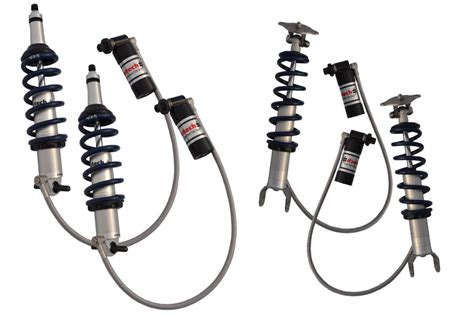TQ Corvette: Managing Boost Pressure Effectively
The twin-turbocharged LT5 engine in the C8 Corvette Z06, affectionately nicknamed the "TQ Corvette" by enthusiasts, delivers exhilarating performance. However, harnessing its immense power effectively hinges on understanding and managing boost pressure. This isn't just about chasing higher numbers; it's about optimizing performance, protecting your engine, and ensuring longevity. This article will delve into the intricacies of boost pressure management in the TQ Corvette, answering common questions and providing practical advice.
What is Boost Pressure and Why is it Important?
Boost pressure is the additional pressure added to the intake air of a turbocharged engine, forcing more air into the cylinders. This leads to a richer air-fuel mixture and a significant increase in power output. In the TQ Corvette, precise control of this pressure is crucial. Too little boost, and you're leaving power on the table. Too much, and you risk engine damage, premature wear, and potentially catastrophic failure.
How Does the LT5 Manage Boost Pressure?
The LT5's sophisticated engine management system (EMS) plays a vital role in controlling boost pressure. It uses various sensors to monitor parameters like engine speed, intake air temperature, and ambient air pressure. Based on this data, the EMS adjusts the wastegate actuators to regulate the amount of exhaust gas flowing through the turbines, ultimately determining the boost pressure.
What are Common Boost Pressure Issues in the TQ Corvette?
While the LT5 is a robust engine, certain issues can affect boost pressure management:
- Wastegate Leaks: Leaks in the wastegate system can lead to inconsistent boost pressure, potentially resulting in lower power output or even overboosting in certain conditions.
- Sensor Issues: Faulty sensors, such as the mass airflow sensor (MAF) or the boost pressure sensor, can provide inaccurate data to the EMS, leading to incorrect boost pressure adjustments.
- Tuning Issues: Aggressive tuning or improper modifications can push the engine beyond its safe operating limits, resulting in excessive boost pressure and potential damage.
- Air Leaks: Leaks in the intake system can lead to a lower-than-expected boost pressure, hindering performance.
How Can I Monitor Boost Pressure?
Monitoring boost pressure is essential for identifying potential problems before they escalate. While you can use a gauge to monitor real-time boost, many aftermarket systems allow for data logging, providing a comprehensive picture of your engine's performance over time. This data can be invaluable for troubleshooting and fine-tuning your vehicle.
What is the Optimal Boost Pressure for a TQ Corvette?
The optimal boost pressure for the C8 Corvette Z06 varies depending on several factors, including engine load, ambient temperature, and the specific tuning. The factory settings are designed to provide a balance between performance and longevity. Modifying boost pressure without proper understanding and professional tuning can be detrimental. Always consult with a reputable tuner before making any changes.
Can I Increase Boost Pressure Safely?
Increasing boost pressure safely requires careful planning and execution. A professional tuner with experience in the LT5 engine can optimize the engine's parameters to handle increased boost without compromising reliability. This includes adjusting fuel delivery, ignition timing, and other critical factors to prevent engine damage. Improper tuning can lead to serious engine problems.
What are the Signs of a Boost Pressure Problem?
Several signs indicate a problem with your TQ Corvette's boost pressure:
- Reduced Performance: Noticeably lower power output than expected.
- Rough Running: Erratic engine operation or hesitation.
- Check Engine Light: Illumination of the check engine light, often accompanied by diagnostic trouble codes (DTCs).
- Unusual Sounds: Whistling or hissing noises from the turbocharger or intake system.
How Can I Maintain Optimal Boost Pressure?
Regular maintenance is crucial for maintaining optimal boost pressure. This includes:
- Regular Inspections: Periodically inspect the turbocharger, wastegate system, and intake system for any signs of leaks or damage.
- Professional Tuning: If modifications are made, consult a professional tuner for optimal tuning.
- High-Quality Parts: Use high-quality replacement parts to ensure proper function and longevity.
By understanding the intricacies of boost pressure management and taking proactive steps to monitor and maintain your TQ Corvette's system, you can ensure years of exhilarating performance and trouble-free operation. Remember, consulting with experienced professionals is always advisable when modifying or troubleshooting complex systems like the LT5.

